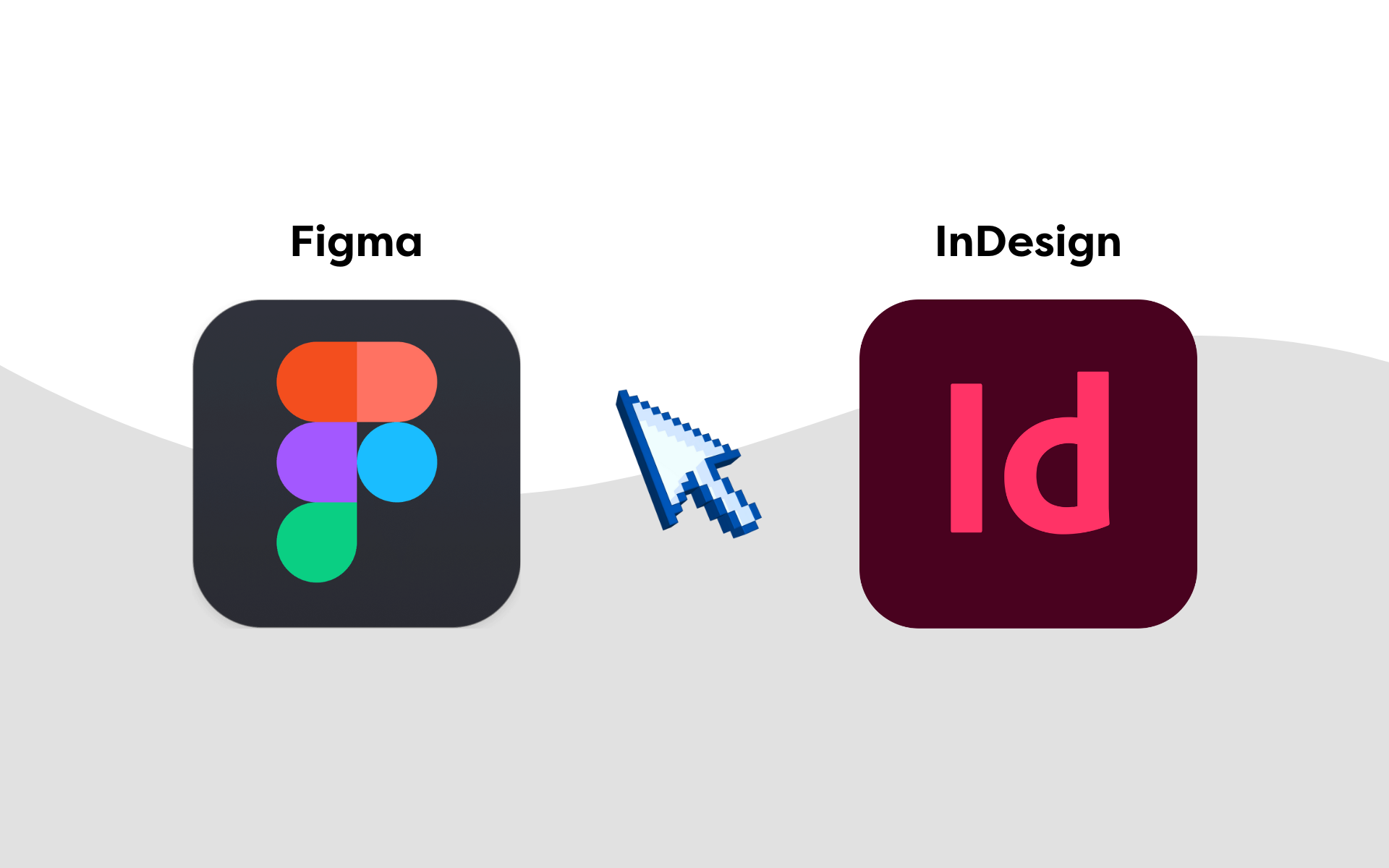The world is facing economic uncertainty, and many industries are seeing a slowdown in demand. It’s a worrying time for businesses that leads to people tightening their belts, analysing budgets, and treading the fine line between pushing for growth and treading water – or worse, fighting for survival.
Google trend data suggests demand is slowing in a lot of industries, but not all. People are becoming more considered when thinking through their purchases, and fewer searches are being made.
If you’re interested to see the trends of this in your industry, you can complete your own analysis on Google trends for a breadth of relevant keywords. We have written about this process in our blog on how to measure search demand trends.
For example, in the furniture industry, bedroom furniture saw searches shrink by 5% in 2022 compared with the previous year. At the same time, the volume of ads increased by 8%, which indicates more businesses are fighting for the attention of fewer users. This will inevitably mean some will lose out to others offering similar products.
Interestingly, the most significant decline was on desktop devices – down by 17%. Mobile device searches were also down but by a much smaller margin.
Unless you’re a multinational conglomerate, there isn’t a huge amount you can do to stimulate more demand in the industry. For most, it’s more a case of riding out the storm and fighting competitively for those potential customers who are in the market for your products or service.
Fortunately, there are ways to maximise opportunities and thrive in this situation, but you must be proactive. In this article, we look at a few ideas that can help.
Maximise your owned assets
It sounds obvious, but it’s surprising how you can make a difference by optimising what you already have, especially if you have a range of assets.
You can do this for your marketing channels, your website and your physical locations. It’s easier to test and learn through your digital media.
Analyse your marketing data to understand what type of images perform best, then check your asset library to see how many more images have the same style and focus. Do the same with your ad copy and website assets, then roll out the changes across all your channels.
Test and learn to see which works best to maximise small changes in conversion rate. Every little helps.
If you need more assets to utilise, check for stock imagery but try to make them unique. It’s best to use your own imagery whenever possible.
Focus on usability
Starting with your website, look at the most common entry points and paths through the site to analyse how users interact with your site and compare it to your expected or preferred user journey.
Understanding the difference in desired vs actual behaviour can help streamline the customer journey. You can find potential barriers or issues and resolve them to improve conversion.
Pay particular attention to the basket and checkout process, as this is where you lose most of your interested or high-purchase-intent customers.
By focusing on conversion rate optimisation, you’ll need fewer potential customers to achieve the same results – saving marketing budget – or increase sales volume. Depending on your objectives, either can be very beneficial.
We’ve previously written about enhancing conversion rate optimisation with lots of useful information to review and test.
Optimise your marketing strategy
Just because your industry is going through a slump, don’t be tempted to reduce your marketing budget or stop spending altogether.
Now is the right time to ensure you are visible in your market. However, this doesn’t mean you should proceed as business as usual. There is often room for optimising or re-strategising to work towards the agreed objectives.
Focus on optimising your marketing strategy to match user relevancy and intent, and make sure the copy and images you use match the landing page experience. This is usually the most common cause of a high bounce rate.
If you have a long conversion window, consider creating micro-conversions on your site and digital marketing channels. This allows you to optimise towards intent signals and attract users more likely to convert. This process makes your marketing more efficient.
Make your products and business unique
Unless you create and sell your own products, you’re probably competing with many other businesses to sell the same products.
When demand slows, it’s tempting to reduce prices to increase sales. This approach will likely cause a race to the bottom with every competitor retaliating, which is great for the customers but not for business.
Instead, focus on what value your business can offer in other ways – added value that will keep customers ordering with you. Separately, make your product pages as unique as possible. This might mean adding more imagery, descriptions, features, functionality and content. Put your own brand personality onto the page and add value to the customer.
Template information is surprisingly common, and when users see the same product and content, they’ll inevitably end up ordering from the cheapest or most convenient store.
This can be especially important for shopping products for paid and organic listings. Improving your feed can help with visibility and relevancy and we have a more detailed post on Google shopping optimisation linked.
Reassurance is key
If you offer a great product and service, allow your current customers to do some of the hard work in converting potential customers for you. Genuine reviews and feedback about your business can reassure any new potential customer and provide genuine value to both you and the customer.
Use this at critical points throughout the user journey to reassure your customers. Testimonials, reviews, and ratings can keep customers on-site when considering where to purchase a product.
Test where and when to use this to maximise conversion. You can combine this with the analysis and start with high dropout areas.
If you don’t currently do any of this, it’s worthwhile starting now. These small steps can build over time, and it all helps to maximise revenue opportunity.
For more information on utilising customer reviews for marketing, read our linked article.
Get in touch
Marketing Labs is an expert digital marketing agency, if you need help with any of this or want to discuss it in more detail, get in touch to see how we can help you make improvements.








